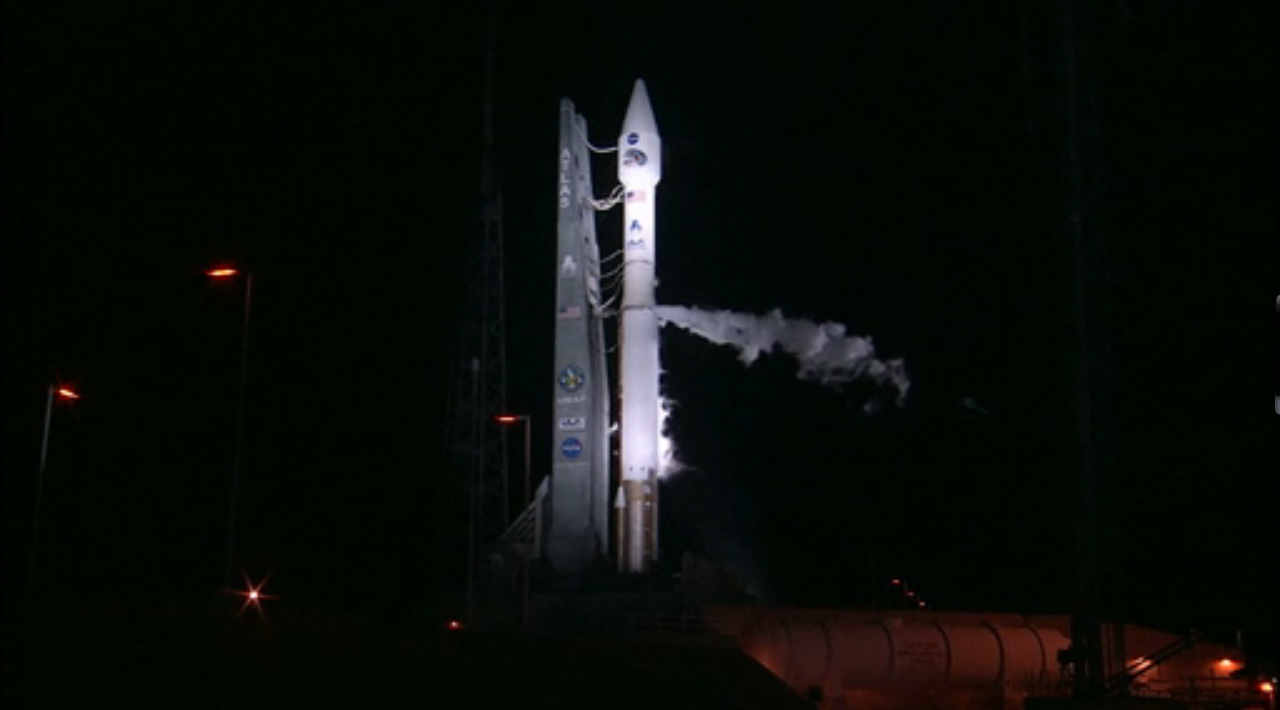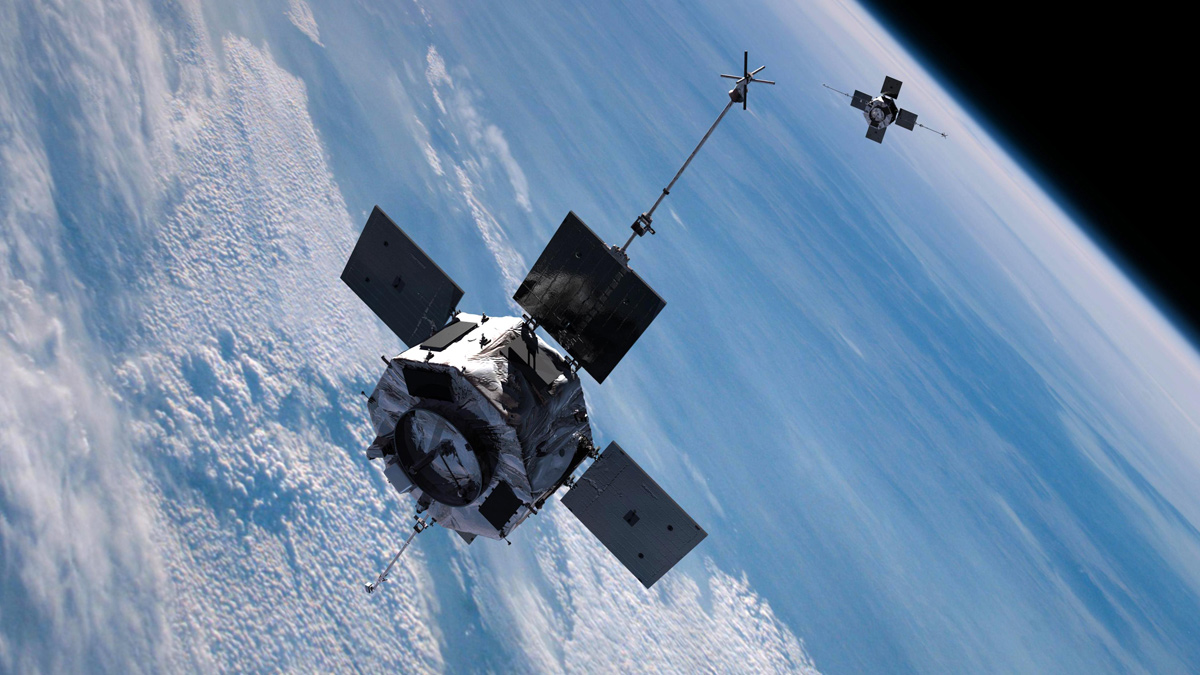Stormy Weather Thwarts 2nd Launch Try for NASA Radiation Probes

NASA delayed the launch of two new space radiation probes for the second day in a row Saturday (Aug. 25), this time due to stormy weather.
The space agency was attempting to launch the Atlas 5 rocket carrying its twin Radiation Belt Storm Probes from a Cape Canaveral Air Force Station in Florida when nearby thunderstorms forced mission managers to stand down. NASA's next window to launch the two satellites is on Sunday (Aug. 26) at 4:07 a.m. EDT (0807 GMT).
"Launch managers will meet today at 6 a.m. to assess future launch opportunities and evaluate all of the factors, including the status of the rocket and spacecraft, and the weather," NASA officials said in a statement.

Saturday's postponed launch was the second delay in two days for the Radiation Belt Storm Probes mission. An issue with a rocket tracking beacon, needed to monitor the mission's Atlas 5 rocket during liftoff, thwarted a Friday launch attempt late in the countdown.
Earlier this week, NASA also pushed back the first launch try by 24 hours, to Friday, to allow time to clear up a separate technical concern with the Atlas 5 rocket.
NASA's $686 million Radiation Belt Storm Probes mission is a two-year project to study the radiation belts around Earth. These belts, called the Van Allen Belts, are regions of harsh radiation that can be affected by strong solar storms, which can pose a threat to satellites and astronauts in orbit, as well as communications and power infrastructure on Earth, mission scientists have said.
The new radiation-monitoring satellites are expected to study the regions to help improve space weather forecasting and help design better spacecraft to withstand the harsh space radiation environment, NASA officials said.
Get the Space.com Newsletter
Breaking space news, the latest updates on rocket launches, skywatching events and more!
You can watch NASA's launch of the Radiation Belt Storm Probe mission live on NASA TV beginning at 2:30 a.m. EDT (0630 GMT) here: http://www.nasa.gov/ntv
FollowSPACE.com on Twitter @Spacedotcom. We're also on Facebook & Google+.
Join our Space Forums to keep talking space on the latest missions, night sky and more! And if you have a news tip, correction or comment, let us know at: community@space.com.

Space.com is the premier source of space exploration, innovation and astronomy news, chronicling (and celebrating) humanity's ongoing expansion across the final frontier. Originally founded in 1999, Space.com is, and always has been, the passion of writers and editors who are space fans and also trained journalists. Our current news team consists of Editor-in-Chief Tariq Malik; Editor Hanneke Weitering, Senior Space Writer Mike Wall; Senior Writer Meghan Bartels; Senior Writer Chelsea Gohd, Senior Writer Tereza Pultarova and Staff Writer Alexander Cox, focusing on e-commerce. Senior Producer Steve Spaleta oversees our space videos, with Diana Whitcroft as our Social Media Editor.









